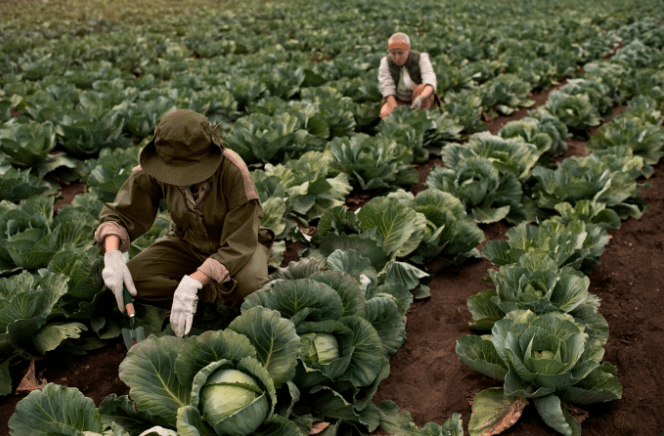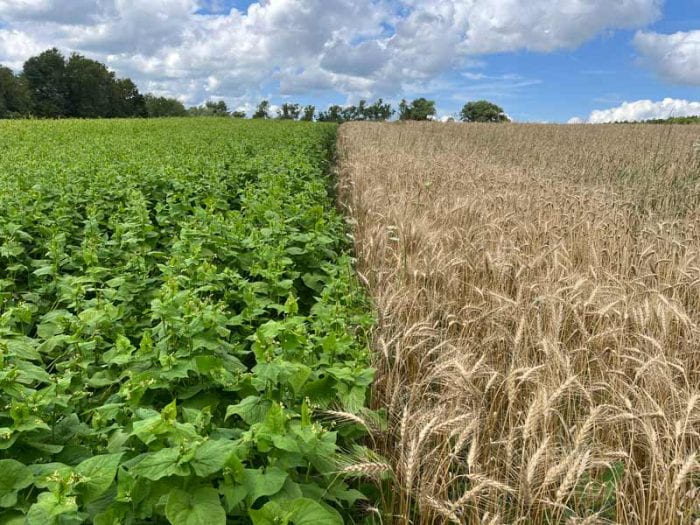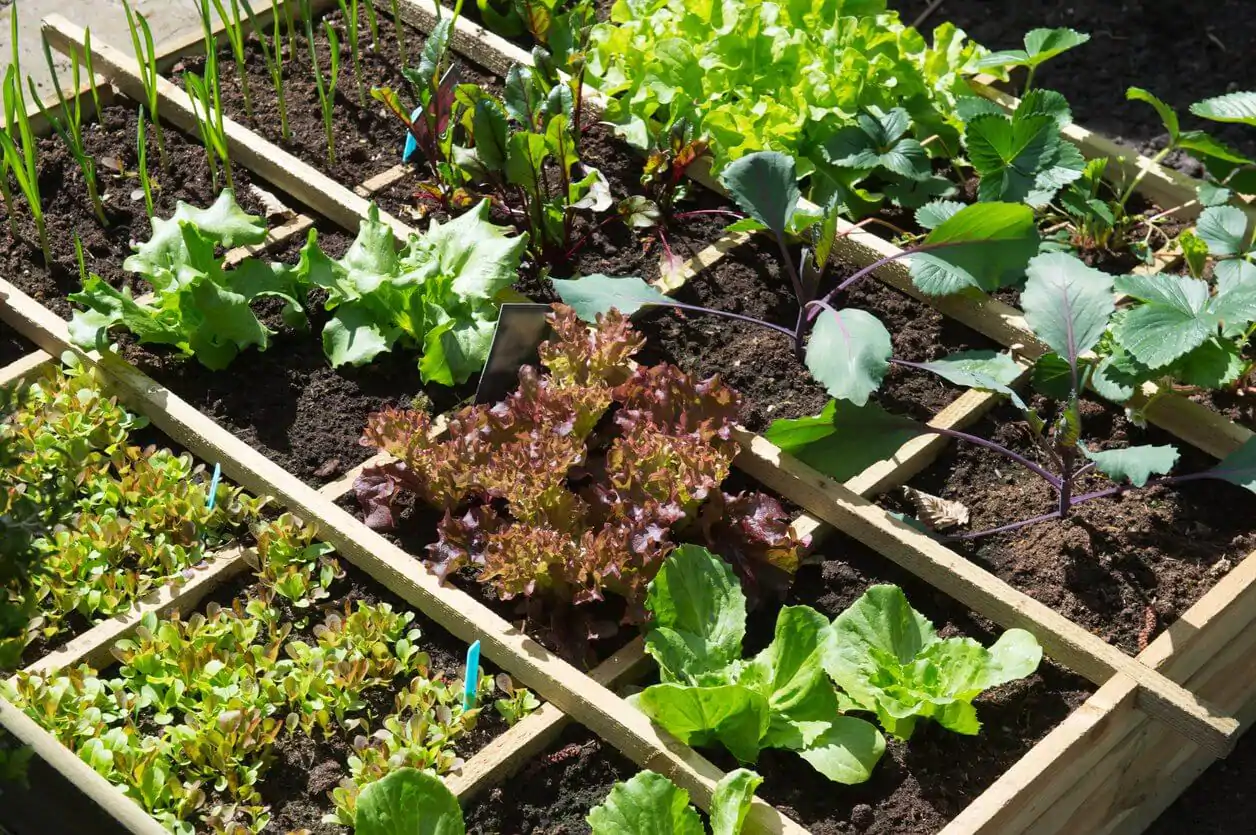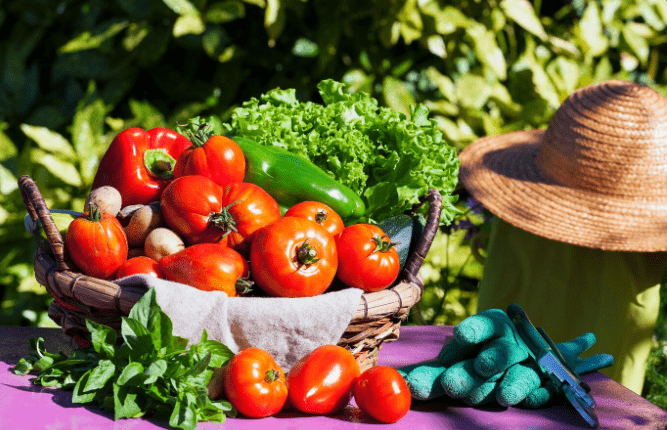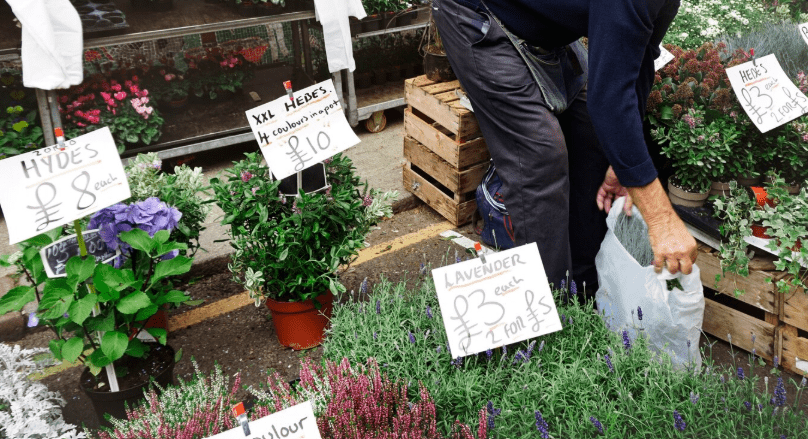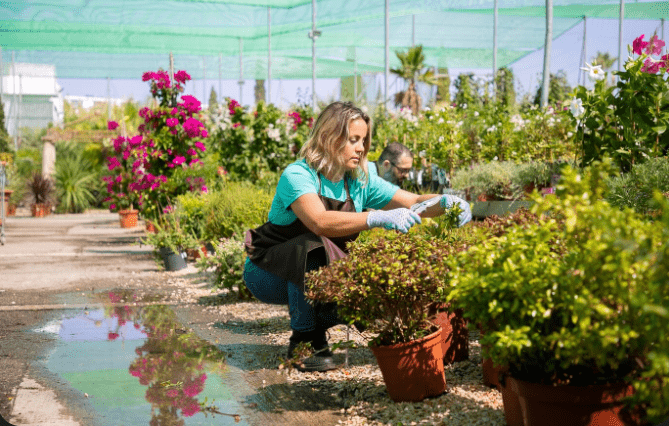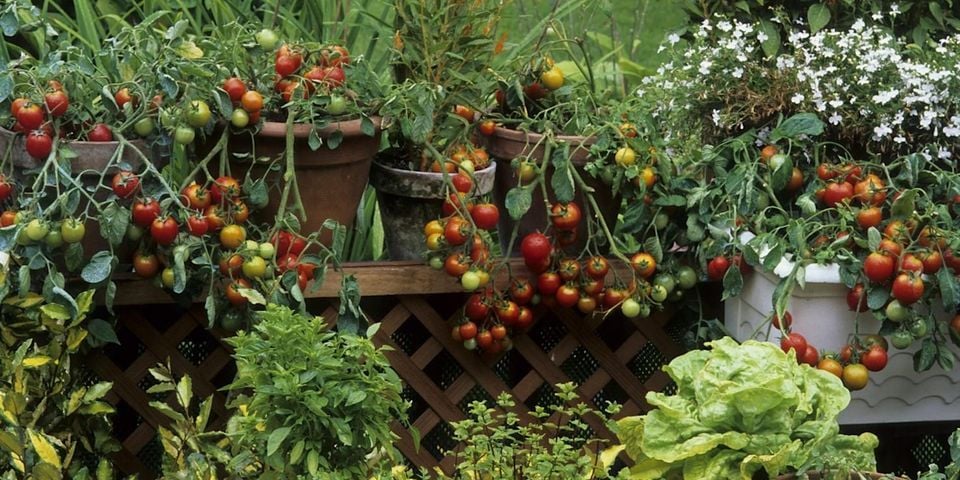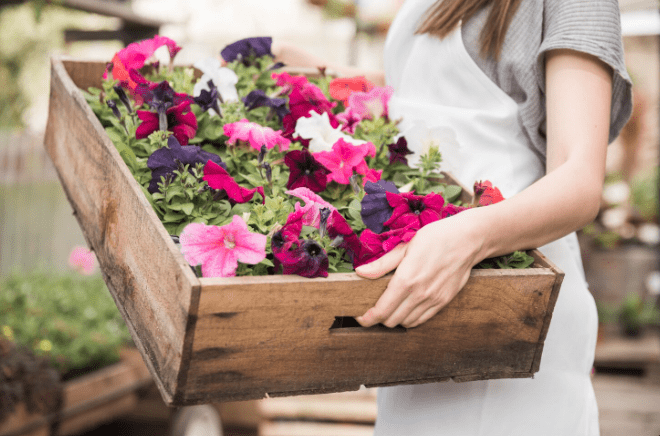Most gardeners in Texas start planting in the spring to enjoy harvests by late spring or early summer. However, many parts of Texas also offer the perfect conditions for a productive fall vegetable garden. You’ll need to approach it differently than you would a spring garden.
Table of Contents
ToggleTips to Prepare the August Garden in Texas
Location and Soil
When starting, choosing the right location is one of the most crucial decisions you’ll make. For successful vegetable growth during Texas’s warm August weather, your garden needs at least six hours of direct sunlight daily. Once you’ve picked the perfect spot, the key to healthy plants lies in the soil beneath them.
There’s no magic trick to growing vegetables, but compost comes close. Work 2–3 inches of compost into the top few inches of your soil using a spade fork or tiller. This not only improves the soil’s structure but also helps it retain moisture during Texas’s hot and often dry late summer days. A compost-rich bed also encourages better water absorption when it does rain.
Another essential step is mulching. Apply 2 to 4 inches of pine or wheat straw around your vegetable beds. It helps block weeds that compete for nutrients and water, and it also maintains consistent soil moisture, which is crucial in the Texas heat.
Watering Tips
Reliable access to water is essential for growing healthy vegetables, especially during Texas’s hot August days. While a hose and spray nozzle might suffice for a while, hand watering can become time-consuming as temperatures continue to rise.
A better option? Turn your outdoor faucet into a drip irrigation system with a timer. This simple upgrade helps maintain consistent soil moisture, prevents issues like cracking tomatoes from uneven watering, and saves you time by automating one of the most demanding parts of summer gardening.
Drip irrigation is the most water-efficient method available, and you can find everything you need at your local hardware store or online. If a whole system feels overwhelming, soaker hoses are a great alternative and work well for most garden beds.
Choosing the Right Vegetables
Choosing the right location, building healthy soil, and setting up proper irrigation are the backbone of a thriving Texas summer garden. But there’s one more key to a flavorful harvest: selecting the right vegetables.
Gardening in Texas isn’t always easy. With scorching August heat and unpredictable rain, not every plant can handle the pressure. That’s why it’s essential to select well-timed crops that are suited to Texas conditions. When you choose the right varieties and plant them at the right time, you’ll set yourself up for a bountiful harvest, maybe even enough to share with neighbors.
Best Vegetables to Grow in Texas in August
If you’re planning a productive fall harvest, now is the ideal time to start cool-season vegetables to grow in Texas before the weather shifts.
Broccoli
Start broccoli seeds 10 to 12 weeks before the first expected frost. Plan to transplant them into your garden about six weeks ahead of that frost date. To help your plants stay cool during Texas’s lingering heat, apply a layer of mulch around the base. Broccoli prefers cooler conditions and grows best when temperatures are between 50°F and 70°F.
Cabbage
August is a great time to start cool-season vegetables to grow in Texas. Spring cabbages can be sown in July and August and then transplanted in early fall. If you have room, sow seeds directly into the ground. Otherwise, start them in modular trays outdoors. When transplanting, choose a sunny spot with firm, well-prepared soil. A quick trick? Walk over the soil with your heels to compact it slightly, then rake to create a fine, crumbly texture.
Brussels Sprouts
Brussels sprouts thrive in cooler weather and can be successfully grown in Texas when started in late summer. Unlike spring plantings, fall-grown Brussels benefit from steady temperatures between 45°F and 75°F. In fact, a light frost can even improve their flavor, making them perfect for roasting once the weather turns crisp.
Turnips
Turnips are a must-have among fall vegetables to grow in Texas. These fast-growing root crops mature in approximately 60 days and thrive in cool weather, particularly at temperatures around 60°F. Direct sow your turnip seeds in late August through early fall. You’ll know they’re ready when their bulbs start peeking above the soil line. Bonus: their leafy greens are just as tasty as the roots. If you haven’t tried roasted turnips yet, you’re missing out.

